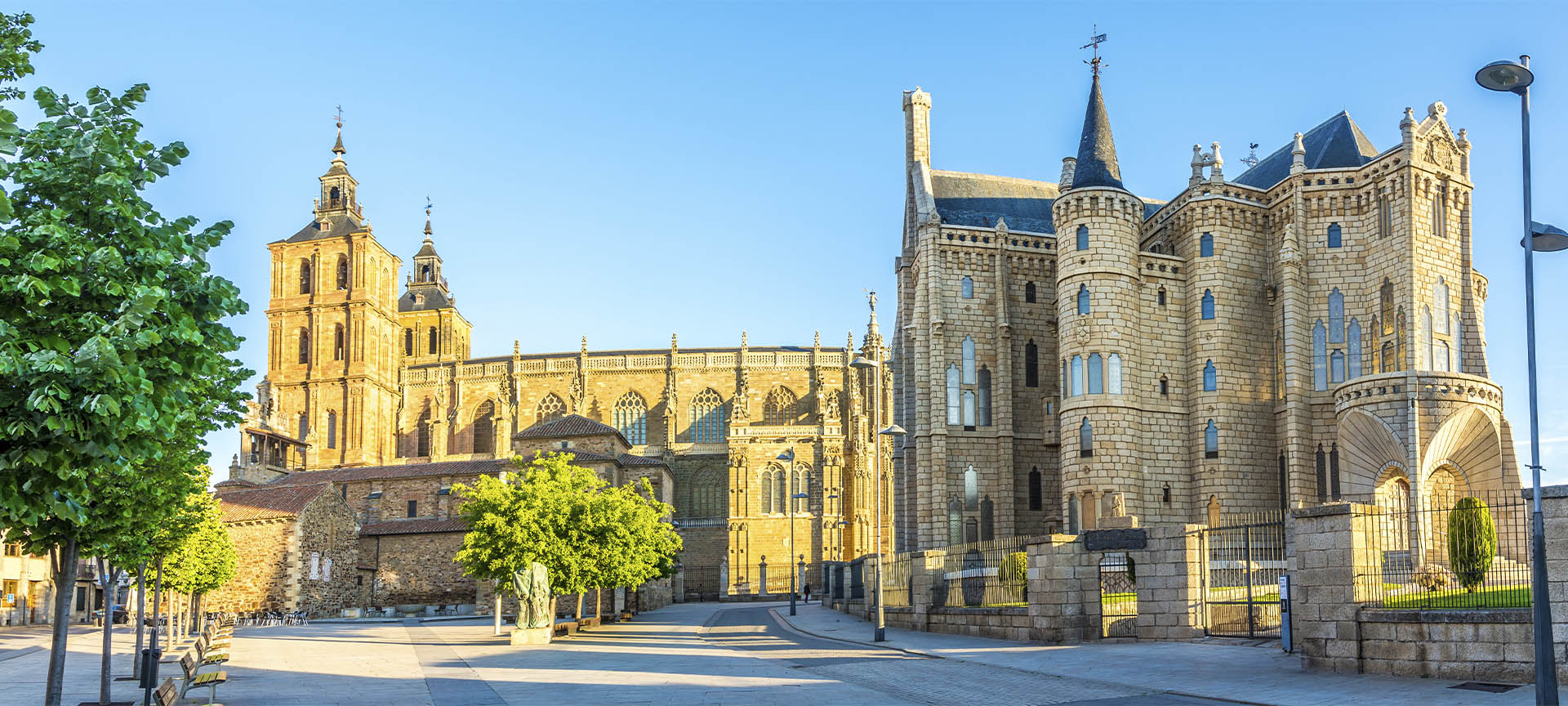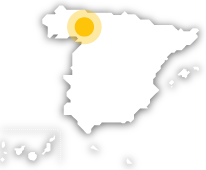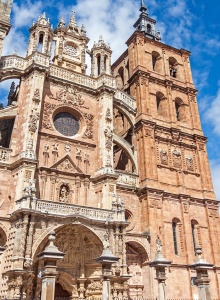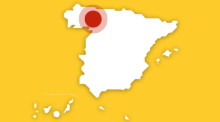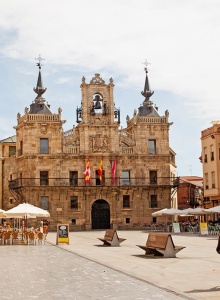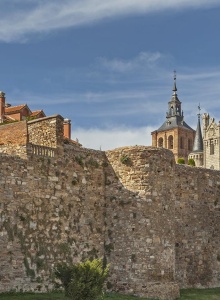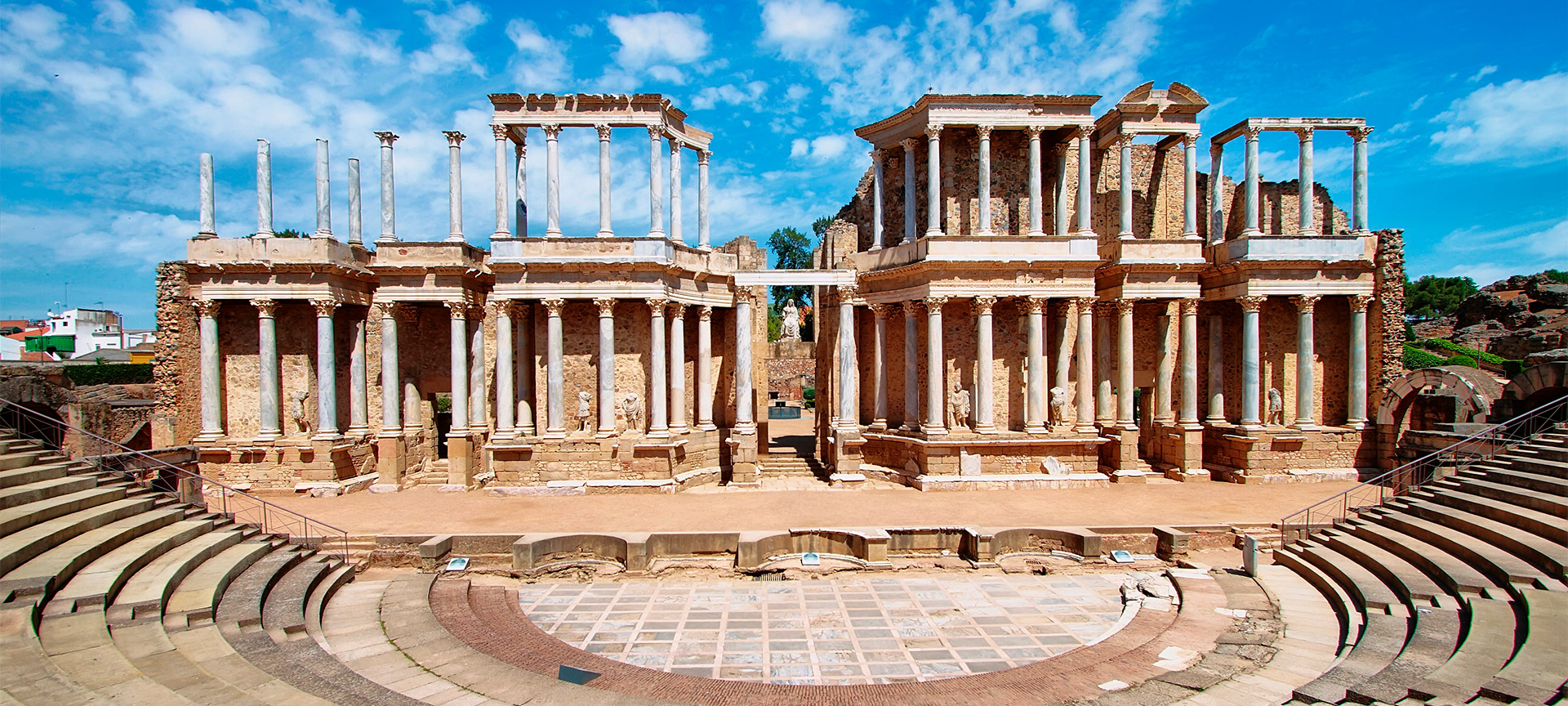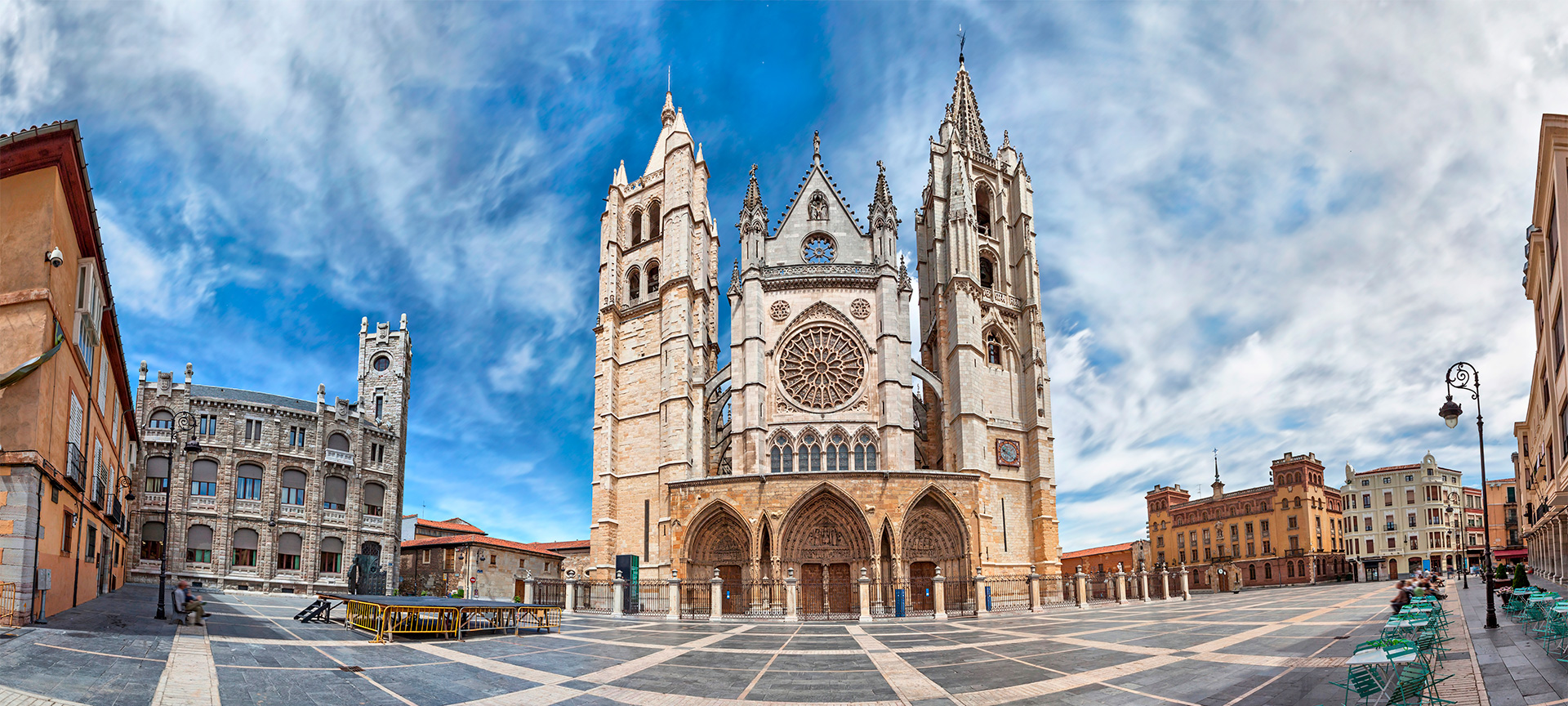The capital of the county of Maragatería in the province of León offers a rich medieval legacy, the result of its location at the crossroads of: the Pilgrim's Road to Santiago de Compostela and the Ruta de la Plata (Silver Road).
Its walled town preserves churches, convents and hospitals which take travellers back to the purest tradition of the Pilgrim's Road. Another outstanding feature in the town's streets is a culminating work by the Modernist architect Antoni Gaudí: the Bishop's Palace. Astorga is, also, a good opportunity for enjoying the rich cuisine of this area.
Astorga stands at the confluence of two important Spanish routes which in past times were pilgrims' itineraries. The older of the two, the Silver Route, dates from Roman times. This itinerary (Gijón-Seville) was the route used to transport the metal extracted from the mines in the north of the peninsula to the shipping ports in the south. During the Middle Ages it was used by Arab and Christian troops at the time of the conquest and the reconquest. This excellent communications route throughout the centuries then became the way for pilgrims heading for Santiago de Compostela.
The Way of Saint James, the Jacobean route that has been declared a part of our World Heritage by the UNESCO, also runs through Astorga. This was part of a series of paths that criss-crossed Europe and northern Spain on the way to Santiago de Compostela, a holy city by virtue of being the site of the tomb of Saint James the Apostle. The historic quarter of this town in Galicia is also a World Heritage Site.
Asturica Augustea
Astorga, the old Asturica Augustea was established under the Roman empire. Most of the archaeological findings dating from that historical period can be visited on the Roman Route, a circuit featuring interesting Roman ruins including sections of the basilica, thermal baths, mansions and part of the sewerage system.
The Puerta del Sol gate gives access onto the walled enclosure, in which the most important monument is the cathedral. Work on the current building started in the 15th century and continued until the 17th century. This is the reason its layout has Gothic, Renaissance and Baroque elements, in addition to works by master craftsmen from various different periods. The initial plans were by Gil de Hontañón, whereas the High Altar was designed by Gaspar Becerra. The Baroque carving of La Inmaculada is the work of the master sculptor Gregorio Fernández, and there is also a Romanesque sculpture of the Virgin of La Antigua, in addition to a silver chest belonging to Alfonso III the Great, a work of outstanding craftsmanship. Other important religious buildings with Baroque plasterwork include the churches of San Andrés, Santa Clara and San Bartolomé.
In the past, this series of buildings also included pilgrims' hospitals. Travellers today can learn more about this tradition in the Pilgrims' Museum, housed in the Episcopal Palace. This neo-Gothic building is the work of the Modernist master Antonio Gaudí. Another notable monument is the city's 17th-century Baroque Town Hall with its majestic facade the work of Manuel de la Lastra, and which can be seen in the Plaza Mayor square. Two towers flank an attractive continuous balcony with wrought ironwork and a steeple supported by flying buttresses. Colasa and Perico –the most popular 'maragatos' (the name for the local inhabitants) in Astorga– strike the hours on a large bronze bell.
The tour of this town in León can be continued in the Synagogue Gardens, the Aljibe Park and the Chocolate Museum. Another excellent option is to make a stop in any of the restaurants in the centre of town to sample the region's traditional dishes. The exceptional quality of the pulses from León can be savoured in dishes like 'cocido maragato' (chickpea stew), which here is served in the reverse order from in other parts of Spain. Diners begin with the meat, chorizo and dumplings, and end with the chickpeas, cabbage and soup. 'Cecina' (cured dried smoked beef), 'botillo' (cooked smoked pork sausage meat), 'empanada' (savoury filled pastry) from El Bierzo, cod and trout are some of the other delicious options. Pippin apples, cherries, pears, peppers and chestnuts are also found as ingredients in the local recipes. A favourite desert is the typical sweet pastries known as 'mantecadas' from Astorga. The recommended wines are from the El Bierzo Designation of Origin.
All León
From Astorga, you shouldn't miss a trip to León, a stop on the Way of Saint James and the capital of the province. Its main architectural treasures are the cathedral, the basilica of San Isidoro and the Hospital of San Marcos (today a Parador hotel). You'll find the best selection of León's culinary fare in the El Húmedo quarter, a maze of narrow streets where the 'tapas' (small portions served with your drink) are a foretaste of some of the more elaborate dishes.
Castrillo de los Polvazares, declared a National Monument, is a genuine showcase of 'maragato' culture. Cobbled streets lead past stately houses with vast doorways in the typical tradition of León. The nearby Sierra de Teleno is an area on the banks of the Duerna river where you can spot stags and badgers, and is an ideal place for nature lovers. In the villages of Rabanal del Camino, Foncebadón and Quintanilla de Somoza you'll have the opportunity to rediscover some ancient trades and customs.
Continuing on along the Jacobean route will bring you to Ponferrada and Villafranca del Bierzo. Carracedo is home to the monastery of Santa María, declared a National Monument; Compludo is an opportunity to see a mediaeval blacksmithy; and Carucedo is a good place to start the climb up to Las Médulas. These reddish-coloured mountains are ancient Roman gold mines that have been declared a World Heritage site by the UNESCO for both their scenic and historic value.
